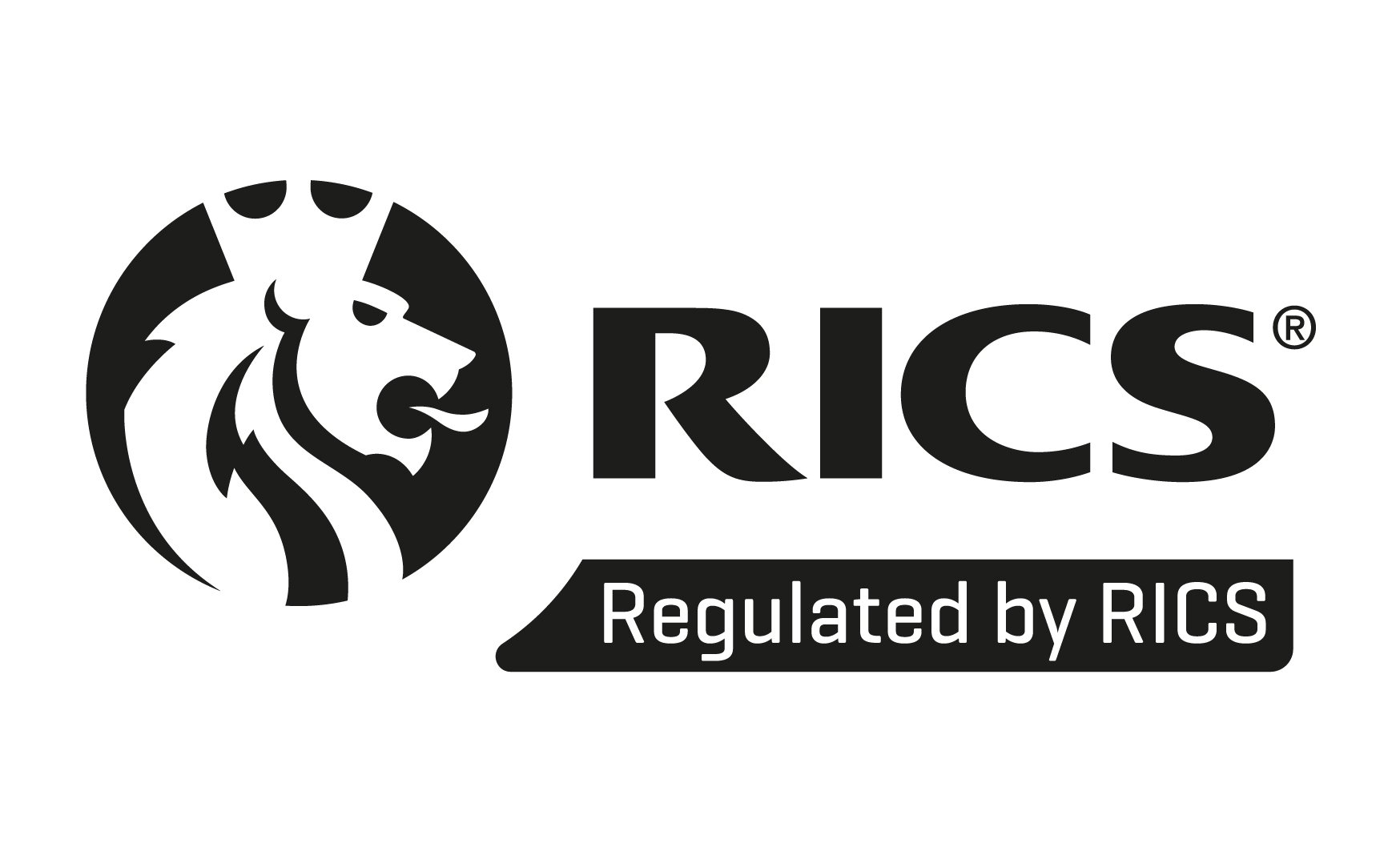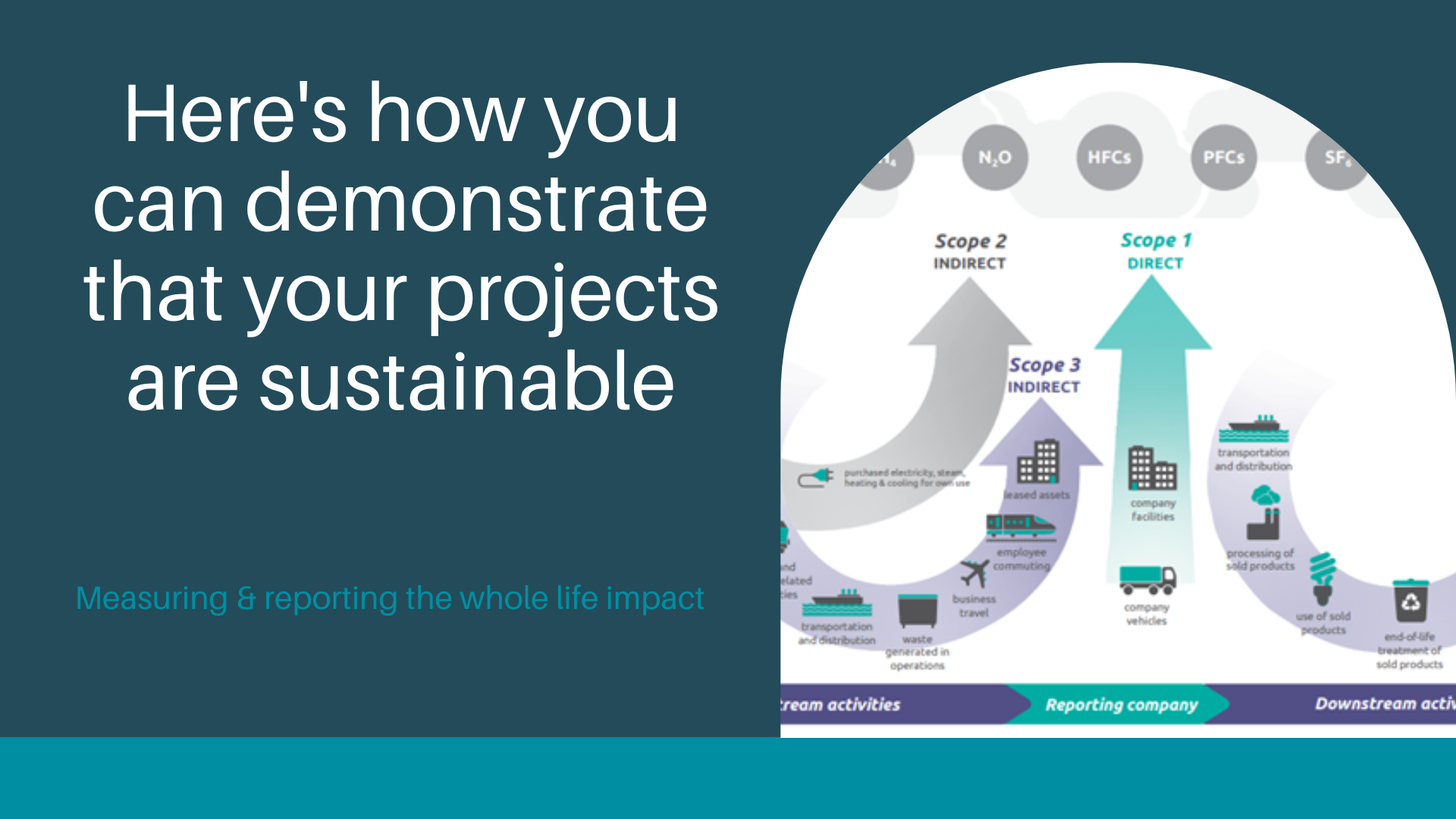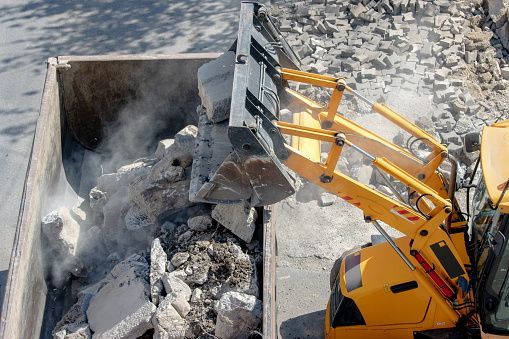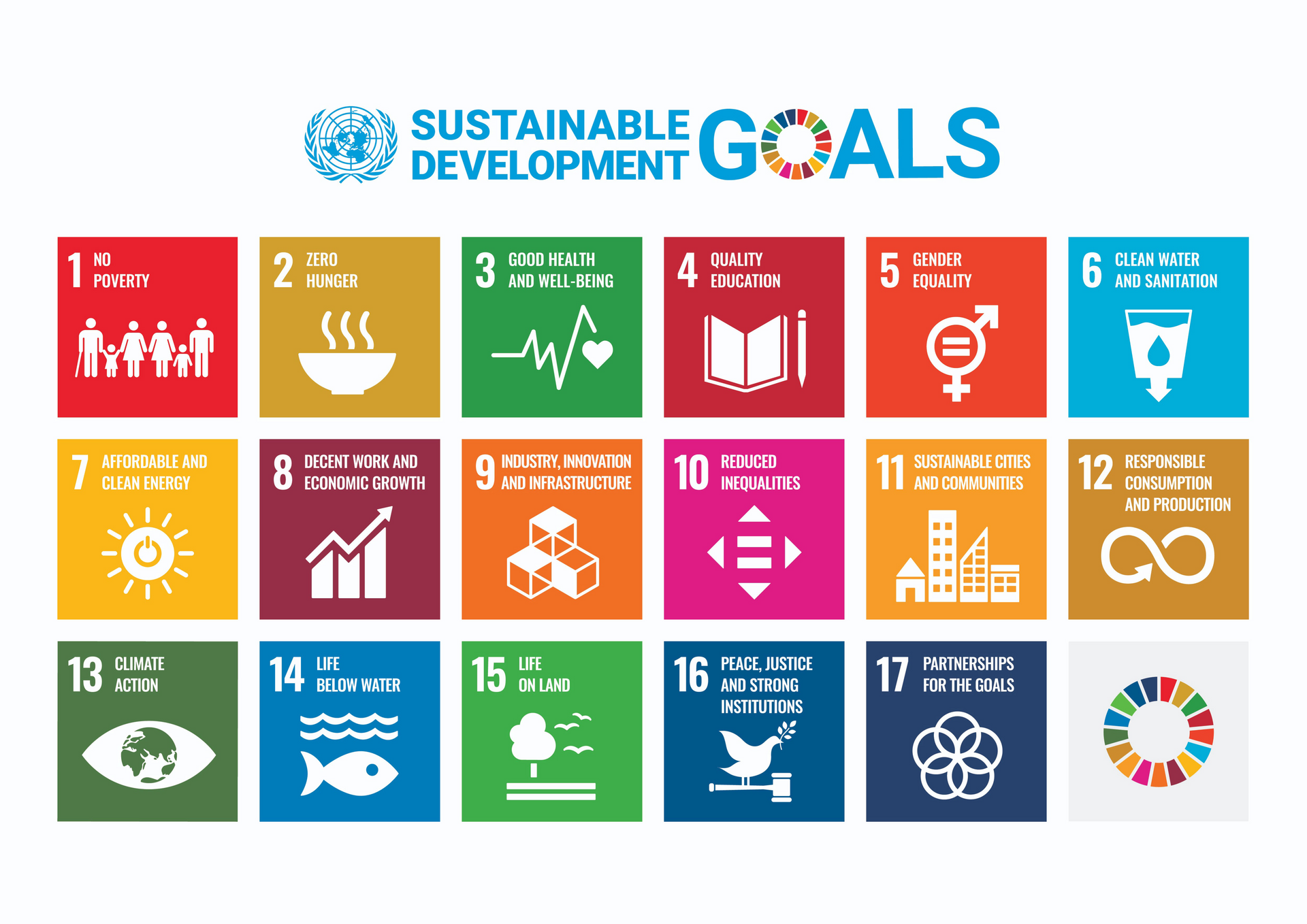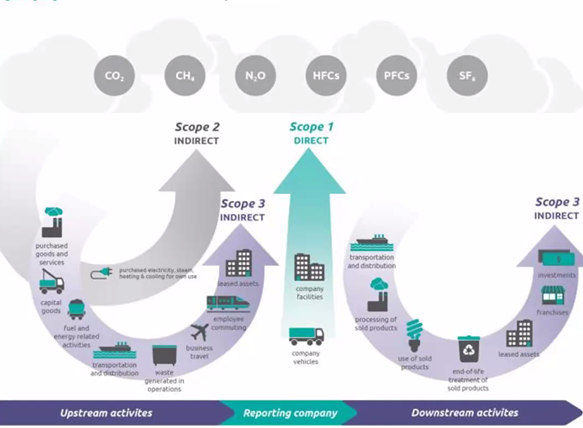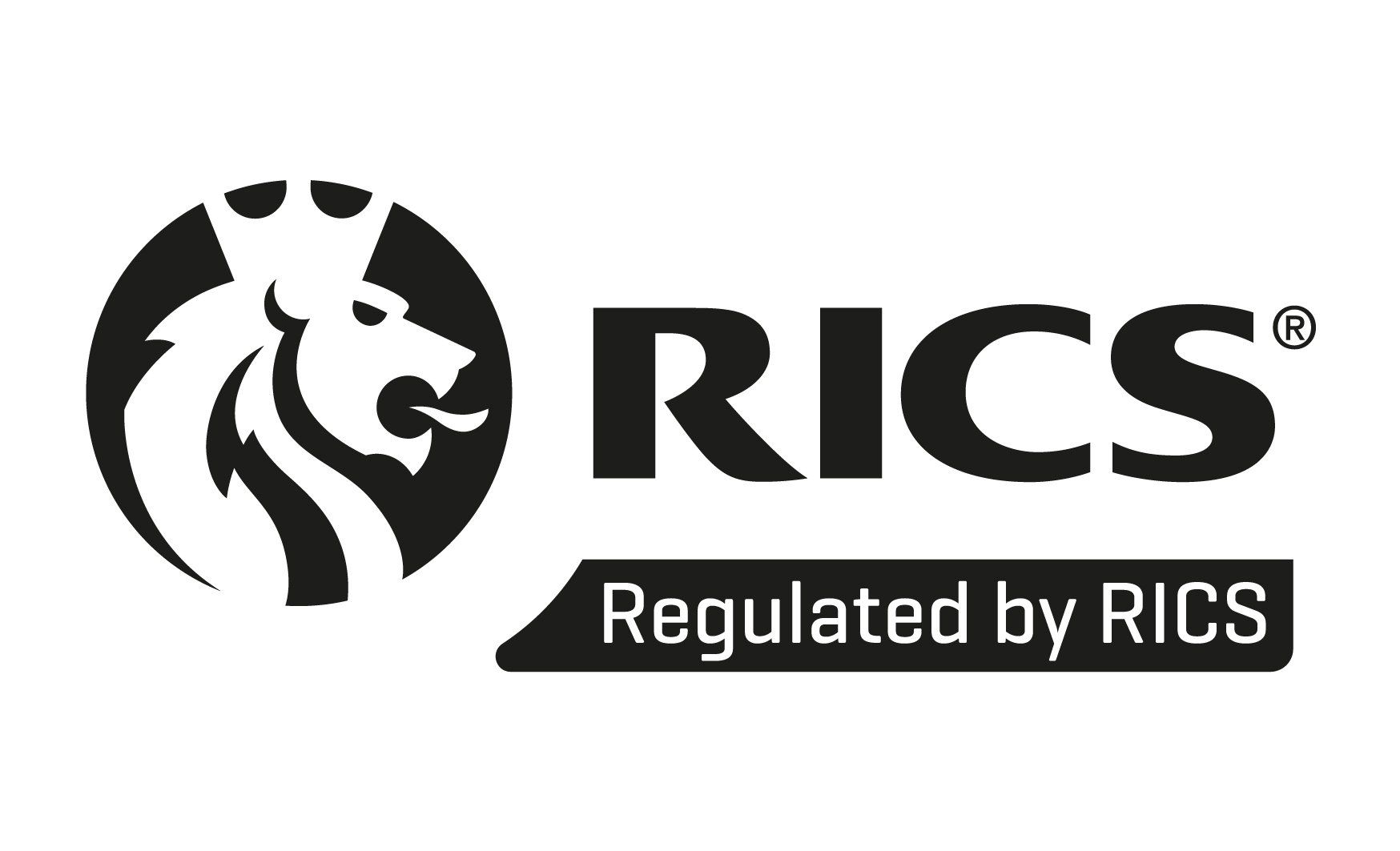Reducing construction pollution
Reducing pollution from construction
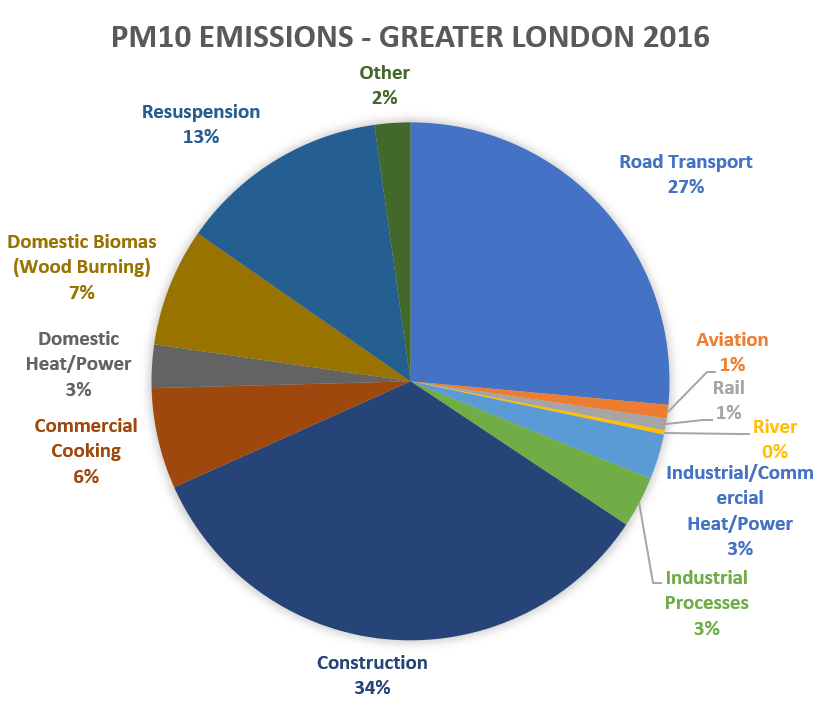
The construction of buildings and other site uses is normally intended to create something that stands the test of time. To achieve this, materials are chosen for their natural durability or they are manufactured or treated, often including a form of chemical, to be nature resistant. An example might be covering timber in paint to preserve it. Unfortunately, the process of creating materials which are resistant to the elements and natural processes can sometimes also come with side effects, which can cause pollution if not adequately constrained to their intended use.
Typical forms of pollution associated with the built environment can include:
- Air pollution
- Water pollution
- Soil pollution
- Noise pollution
It is therefore incumbent on everyone working in the built environment sector to seek ways to address potential causes of pollution.
Of course, it is not just the construction process which is relevant to pollution. All of these types of pollution can also be caused during the use of the property too.
Air pollution
There are many forms of air pollution, including both the widely discussed green house gases (such as carbon dioxide, methane and the derivatives of refrigerants, as just a few examples) as well as particulate matter and dusts.
The UK’s construction industry produced approximately 11.4 million metric tons of carbon dioxide emissions in 2020. This was roughly 3% of the total of UK-source emissions. Roughly half of this comes from larger civil engineering projects, whereas the construction of buildings accounts for roughly 20% of this amount. The impact of GHGs is now well versed, for example affecting climate change.
The types of construction activity that contribute most to air pollution include demolition, clearing of land, emissions from transport / plant and the toxicity of materials being used in the construction itself – an example being dusts from construction powders such as cements, and vapours from liquids or plastics, such as oils, paints and other chemicals.
Construction dusts can remain airborne over long distances meaning that they can cause pollution a long way from the site. Construction is responsible for around 4% of particulate emissions. Particulates are classified based on their size. PM10 particulates, for example which are so small as to be invisible to the naked eye and include dusts as arising from cement, stone, wood or silica. The burning of diesel also contributes to PM10, including sulphates and nitrates.
PM10 are of particular concern to human and wildlife health, as they can combine with the air we breathe and end up in our lungs. According to London Atmospheric Emissions Inventory (LAEI) site activities combined with the machinery used by the construction industry contributes 4% of the total NOx, 30% of the PM10 and 8% of the PM2.5 emissions in London. The overall air pollution leads to around 9,500 fatalities in the general population each year, so the proportional impact that construction activities contribute towards is significant.
Whilst the immediate impact on construction workers can be mitigated locally through exposure limits and the use of RPE, the wider impact of air pollution means that more should be done to minimise the pollution at source.
Water pollution
Construction is responsible for more water pollution incidents than any other sector. Sources are fairly obvious, and include any liquids, chemicals, dusts, spoils and other arisings etc. If these materials end up in the natural water courses (fresh or salt water), then they can have both a physical and biological effect. This could include silting or blocking of water flow, or direct harm to flora and fauna, for example by affecting natural processes such as photosynthesis or changing the pH of the water.
Water-borne wildlife is an important part of wider ecosystems so water pollution has the potential to have very widespread effects on nature. We also rely on water courses for our drinking water, so the more contaminants there are, the more treatment is required before it is safe for human use or consumption.
Soil and land pollution
According to the Natural History Museum roughly a third of the world’s soil is moderately to highly degraded, threatening global food supplies, increasing carbon emissions and foreshadowing mass migration.
Construction can impact soil and land pollution in a number of ways. One of the more visible ways is often the illegal dumping or fly tipping of wastes by unscrupulous companies. This can of course be addressed throughout the project cycle through thorough procurement due diligence, waste licensing and site controls.
The widespread use of tarmac and concrete prevents water from being absorbed into the ground. This results in the death of millions of microorganisms and can lead to water runoff in other areas where it may cause flooding and erosion. Imbalances in soil fertility can eventually have a knock-on effect on food security.
Groundwater can be polluted which damages the underlying fertility of the soil and soil erosion can also occur where design or construction processes allow for inappropriate removal of vegetation. Soil degradation can have disastrous effects such as landslides and floods. Industrial pollutants and run-off are common causes, as well as poor management of drainage. Soil erosion can also further impact levels of water pollution.
The UN estimates that there are over 2 million potentially polluted land sites in Europe alone. Polluted land often requires remediation before it can be used, leading to large costs for owners. The sourcing of materials from countries where there are likely to be greater known risks should therefore be considered and assessed by considerate developers, and alternatives considered, or active management plans developed with the relevant members of the supply chain.
Noise pollution
Construction is the cause of thousands of noise-related complaints every year. This can be both due to the inherent site processes such as the use of heavy machinery and drilling, excavating, hammering etc., as well as the elevated noise associated with the workers themselves.
As well as the impact on nearby properties, the public, passers-by and on plants and animals, noise can also lead to occupational health issues for the construction workers themselves. Ensuring adequate health and safety practices is therefore essential.
Selection of processes, tools, off-site manufacture and the timing or sequencing of the work can all help with reducing noise levels, or minimising the number of people who may be present when certain activities are taking place.
Preventing & Managing Pollution
Construction management plans can alleviate most forms of pollution. The first step would be to risk assess the materials proposed to be used, and the processes for installation to identify potential sources of pollution. Mitigations and alternatives can then be considered.
Potential sources of pollution or pollution-causing processes can be designed or procured out. Where no alternatives exist, or where the resources cannot be eliminated or substituted entirely, then reducing the materials being used, or screening or containing them within a small area can be investigated. Dusts can often be controlled through damping or misting for example. The design and material ordering process can be used to appropriately size materials to reduce onsite processing.
Of course, knowing and following the various environmental protection regulations that are in place also provides a good level of control. Gradually, the levels of enforcement and the scope of penalties being applied to firms is also acting as a strong incentive to take care of potentially polluting substances, whereas previously there were often lesser ramifications for poor site practices.
Joining a scheme such as Considerate Constructors or following the guidance of one of the many industry schemes or advisory bodies is also helpful. The Centre for Low Emission Construction is one such organisation (run by Imperial College) which provides task specific advice for potential control measures to minimise pollution. For any operator seeking to build out a programme of site developments, such organisations are often keen to engage to find lasting solutions, which can be developed and then replicated over multiple job sites, for greater benefit.
Sourcing to reduce pollution
It is not just the effect of pollutants close to the development site which are important. Where materials are transported in, and especially where materials originate overseas, there will be a pollution effect associated with each of the extraction, processing, manufacture and transportation of the materials. Controls to identify and mitigate pollution in some countries will understandably be less stringent in some parts of the world, so the specification and procurement processes should take account of these factors at the earliest stages of design.
To do this a good knowledge of the sources of material, including a good grasp of the supply chain is required. There are various sources of information to collate such insight. Often, the offsite sources of pollution can far outweigh the onsite potential for pollution, so this might be expected to grow in importance in years to come as people become more aware of environmental issues. (This could influence both the potential customers of the site operator, and, the ability to recruit employees).
Evenlode Roadside has access to effective pre-construction and construction techniques, as well as experts in different parts of the supply chain, with a view to reducing potential sources of pollution. Please contact us for more information if you are interested in finding ways to understand and reduce the potential sources of pollution from your projects.

